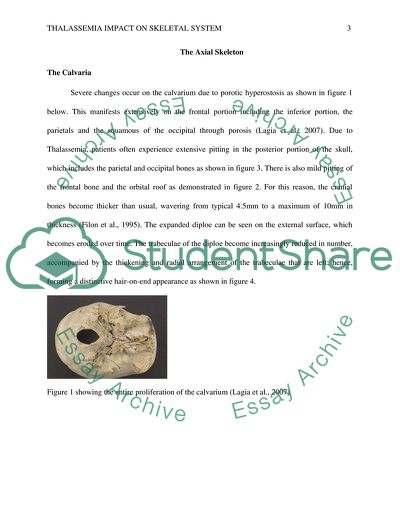Cite this document
(“How does thalassemia affect the skeletal system Essay”, n.d.)
How does thalassemia affect the skeletal system Essay. Retrieved from https://studentshare.org/health-sciences-medicine/1698907-how-does-thalassemia-affect-the-skeletal-system
How does thalassemia affect the skeletal system Essay. Retrieved from https://studentshare.org/health-sciences-medicine/1698907-how-does-thalassemia-affect-the-skeletal-system
(How Does Thalassemia Affect the Skeletal System Essay)
How Does Thalassemia Affect the Skeletal System Essay. https://studentshare.org/health-sciences-medicine/1698907-how-does-thalassemia-affect-the-skeletal-system.
How Does Thalassemia Affect the Skeletal System Essay. https://studentshare.org/health-sciences-medicine/1698907-how-does-thalassemia-affect-the-skeletal-system.
“How Does Thalassemia Affect the Skeletal System Essay”, n.d. https://studentshare.org/health-sciences-medicine/1698907-how-does-thalassemia-affect-the-skeletal-system.


